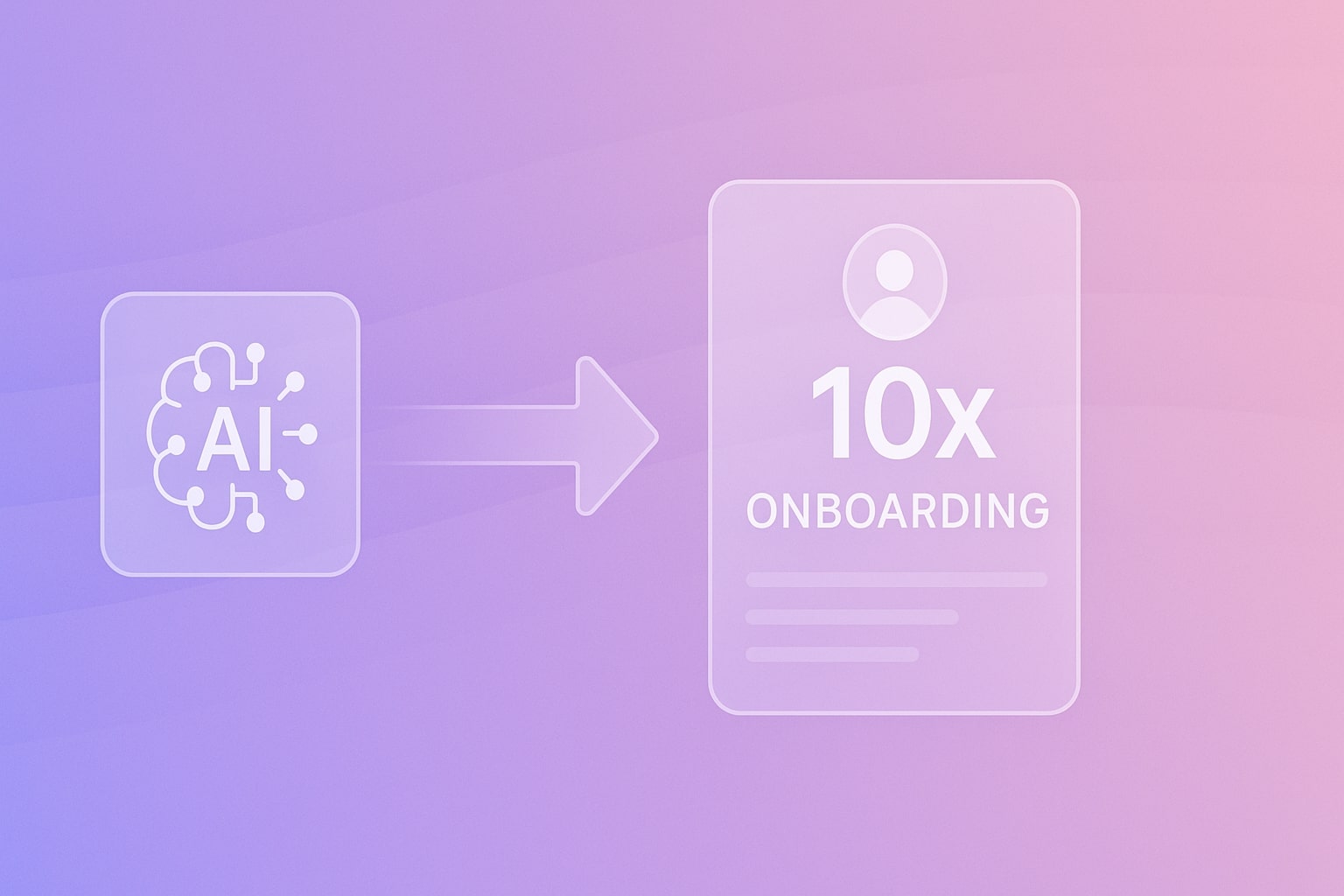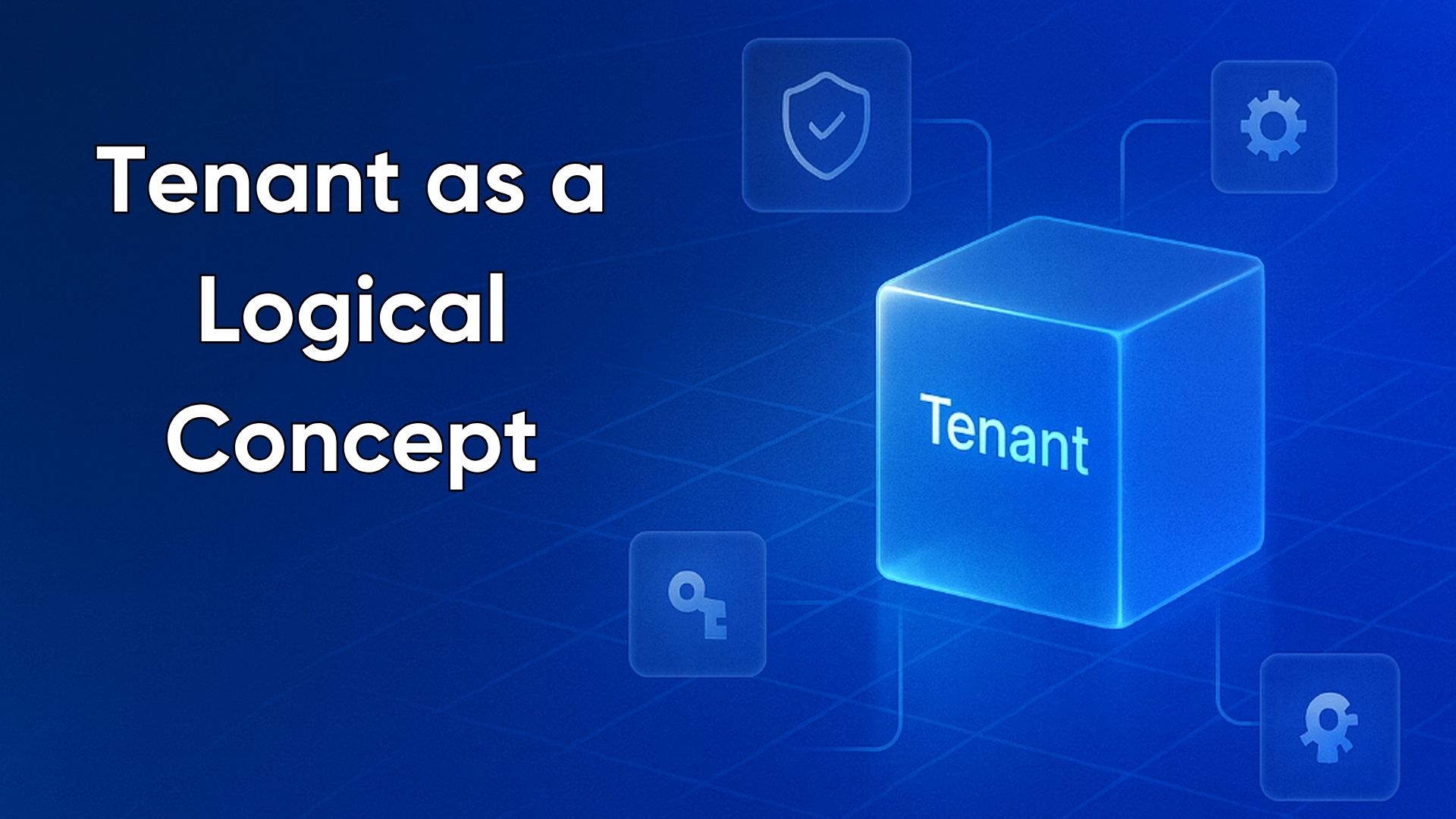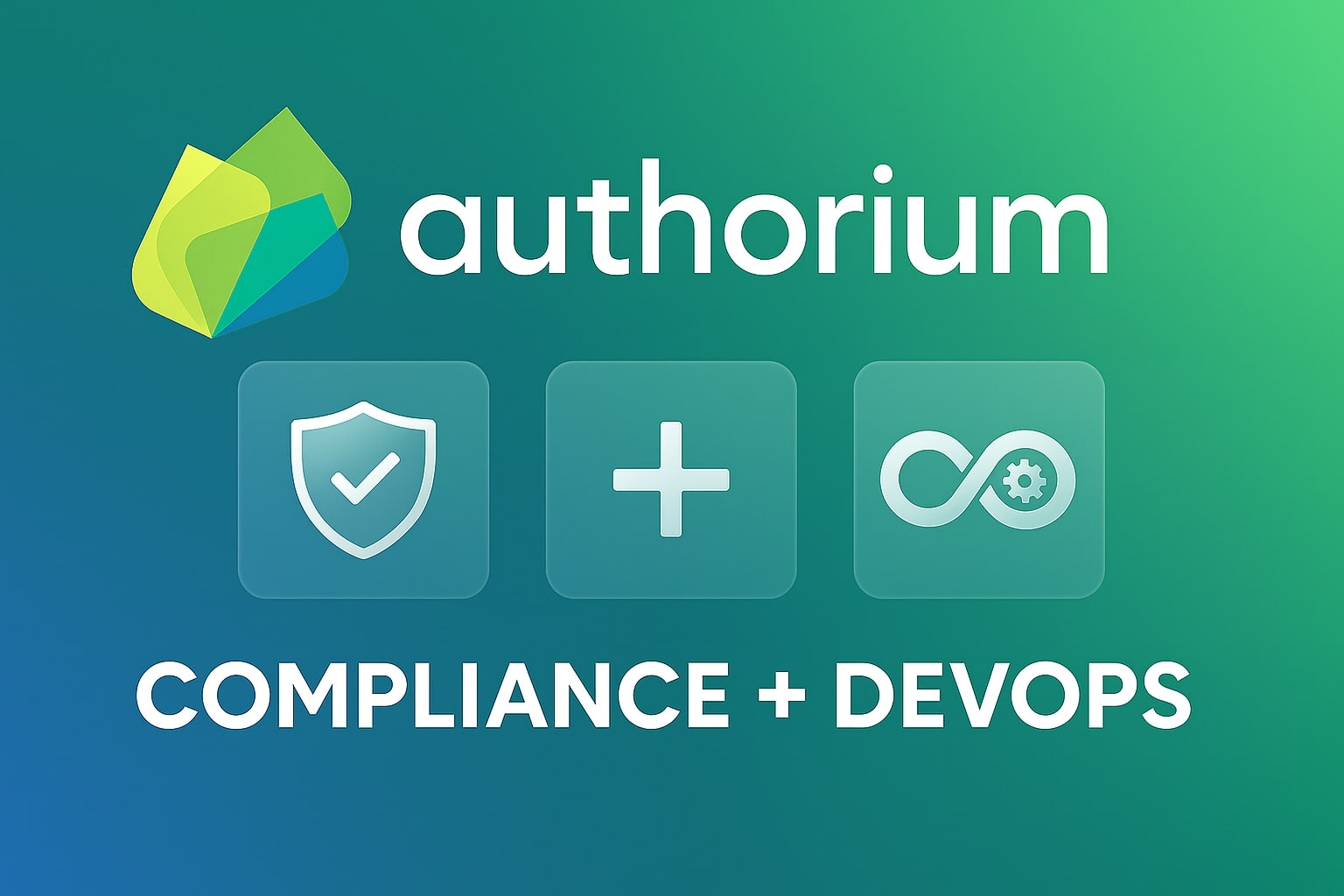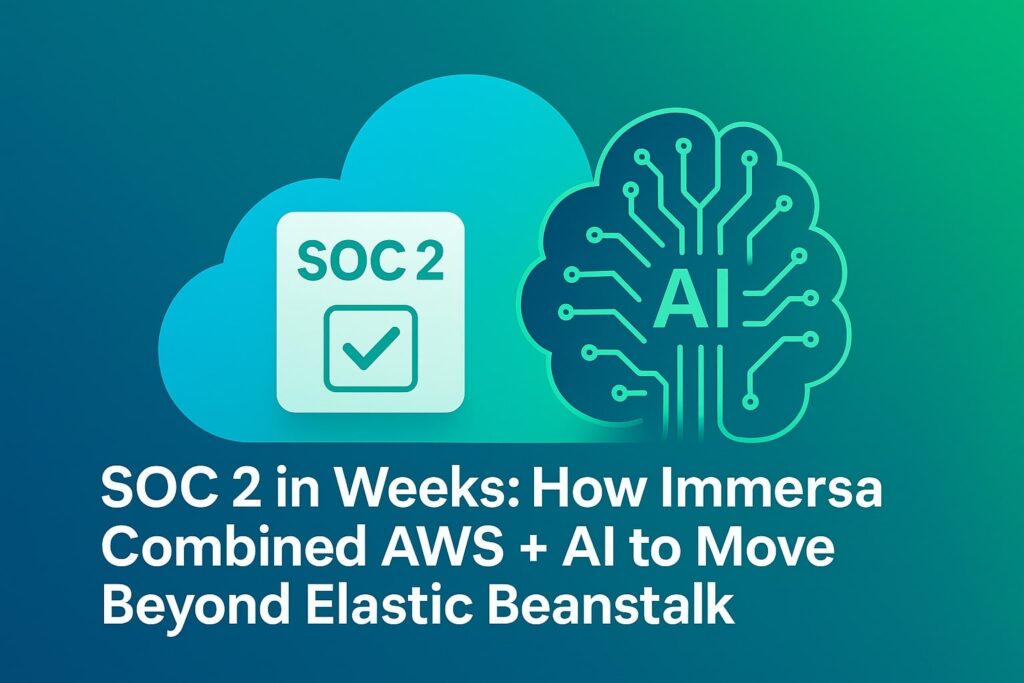A single hour of unplanned downtime can cost your enterprise up to $1 million. This comes in the form of lost revenue and reputational damage. It also comes in customer churn and regulatory penalties.
What’s to be done?
The reality is that DevOps transforms how engineering organizations deliver value.
Still, many VPs of Engineering struggle to demonstrate DevOps ROI metrics and this transformation in terms that resonate with executives and boards.
The solution lies in measuring engineering operational excellence. You can do this through metrics that directly connect to business outcomes.
Key Takeaways
- The right DevOps metrics translate technical progress into business outcomes. Metrics like onboarding velocity, compliance automation, and incident response can help you demonstrate ROI to your leadership.
- Automation multiplies ROI. Platforms like DuploCloud’s DevOps-as-a-Service offer you measurable gains. They do this by embedding compliance, onboarding, and monitoring automation.
- Cultural alignment drives sustained results. Continuous improvement and cross-team collaboration amplify the impact of data-driven DevOps practices.
1. Engineering Onboarding Velocity
New engineer onboarding represents one of the largest hidden costs in technology organizations. When an engineering team takes months to contribute meaningfully, you lose velocity and burn budget. This happens with both the new hire and the senior engineers mentoring them.
What to measure:
- Time to first meaningful code contribution (not just any commit)
- Time to independent feature ownership
- Quality progression: review cycle time needed, bug rates in early contributions
- Manager time investment per new hire
Implementation approach: Track onboarding in stages rather than a single timeline. You can also measure new hires progressing through capability gates. Look at how they’re:
- Understanding the codebase
- Making guided contributions
- Delivering features independently
- Mentoring others
Why executives care: When you have faster, higher-quality onboarding, you directly multiply your engineering investment. Organizations that reduce onboarding from six months to six weeks effectively double their hiring ROI. They also free engineering managers to focus on their engineering efforts on high-impact work.
Learn more: AI Institutional Insight: Use Tribal Knowledge to 10x Onboarding
2. Continuous Compliance Automation
Compliance creates friction that slows delivery and deployment, especially in regulated industries. Traditional audit preparation consumes weeks of engineering organization time. It also introduces bottlenecks and risk through manual processes.
What to measure:
- Percentage of compliance controls automated versus manual
- Policy violations detected in Continuous improvement /Continuous delivery versus production
- Time from the new regulatory requirement to full implementation
- Engineering hours redirected from audit prep to feature development
Implementation approach: Build compliance into your throughput development process through policy as code and automated security scanning. Also, be sure to include continuous monitoring. These are good indicators of the effectiveness of automation. You can track how quickly you can implement new compliance requirements across all systems.
Why executives care: Continuous compliance shifts audit preparation from weeks to days while reducing regulatory risk. CFOs and CISOs immediately understand the value of automated compliance that protects the business while accelerating deployment frequency.
Explore: Continuous Compliance Strategies for DevOps Teams and DevSecOps for Regulated Industries
3. Incident Response Excellence
Any developer knows that incidents will happen. But world-class engineering organizations distinguish themselves through rapid detection, effective response, and systematic improvement on every project. It’s not a sprint. It’s a marathon. That’s why using some of the DORA metrics can make such a difference.
What to measure:
- Mean Time to Detection (MTTD), Mean Time to Resolution (MTTR), and change failure rate
- Incident severity distribution and trends
- Percentage of incidents resolved without senior engineering manager escalation
- Post-incident improvement implementation velocity
Implementation approach: Instrument your systems for rapid detection for the entire workload. Also, build runbooks and automation that enable any engineer to respond to the failure rate effectively. Most importantly, measure how quickly you implement improvements after each incident.
Why executives care: Excellent incident response directly protects revenue and customer trust. Every hour you reduce lead time translates to a measurable business impact. You’ll see less revenue loss, lower customer churn, and reduced operational overhead. That’s a developer experience every VP understands.
Related reading: Agentic Help Desk for DevOps and Incident Response Automation in Cloud Environments
Connecting Metrics to Business Value
Executives evaluate engineering investments through business impact, not technical sophistication. These metrics create that connection:
Onboarding velocity proves engineering productivity gains and hiring ROI. Compliance automation demonstrates risk reduction and operational efficiency. Incident response excellence shows revenue protection and customer experience improvement.
You set your initiatives, you meet your objectives, and your software engineering success rates rise astronomically.
For more insight: DevOps Automation Metrics to Track and Platform Engineering Best Practices
Implementation Guidance
Start with baselines. Measure your current performance before implementing improvements. Industry benchmarks matter less than your trajectory.
Track cohorts, not averages. New hire cohorts, compliance implementation batches, and incident types each tell different stories.
Weight by business impact. Not all incidents affect revenue equally. Not all compliance requirements carry the same risk.
Avoid metric gaming. Combine quantitative measures with qualitative assessments. Fast onboarding means nothing if new hires produce low-quality code.
Learn how Infrastructure Knowledge Automation helps maintain accuracy and consistency across engineering metrics.
Building Your Dashboard
Present these metrics in business terms:
- Show trend lines, not point-in-time snapshots
- Include dollar impact calculations where possible
- Highlight improvements achieved through specific DevOps investments
- Connect operational excellence to customer satisfaction and revenue metrics
Explore: Cloud Services Platform to integrate your monitoring and compliance dashboards.
Beyond the Metrics
Remember that DevOps success stems from culture and collaboration as much as tooling. Supplement these engineering metrics by testing:
- Cross-team collaboration frequency
- Knowledge sharing practices
- Team satisfaction and retention rates
- Time spent on innovation versus maintenance
Read: How DuploCloud Complements AWS for Early-Stage Teams
Making Your Case
Boards want proof that engineering investments make the business faster, safer, and more efficient. These three metrics provide that proof when you track them consistently and present them in a business context.
Forward-thinking engineering leaders use integrated platforms that automate measurement across onboarding, compliance, and incident response. They don’t just measure throughput operational excellence; they accelerate it through systematic improvement.
DuploCloud is here to help you and your engineering team track those metrics with our automated DevOps platform.
Book your demo today to learn more.
FAQs
How do these DevOps metrics impact executive decision-making?
Your DevOps metrics will help you bridge the gap between engineering and business outcomes. When you tie technical performance to ROI, these metrics help VPs of Engineering justify resource allocation effectiveness and platform investments.
How does DuploCloud simplify compliance tracking?
DuploCloud automates compliance and policy enforcement. This cuts audit prep time from weeks to days while maintaining continuous readiness and progress.
What tools can improve onboarding velocity?
Automated infrastructure provisioning, AI-based documentation, and platforms like DuploCloud DevOps-as-a-Service enable efficiency, faster onboarding and quicker productivity gains. Both your performance and your deployment times will improve dramatically.
How can teams reduce MTTR effectively?
You can use the right metrics, like observability, automated runbooks, and post-incident learning systems. Take the time to explore Incident Response Automation. There, you can see how automation accelerates resolution to the point of achieving a sprint.









